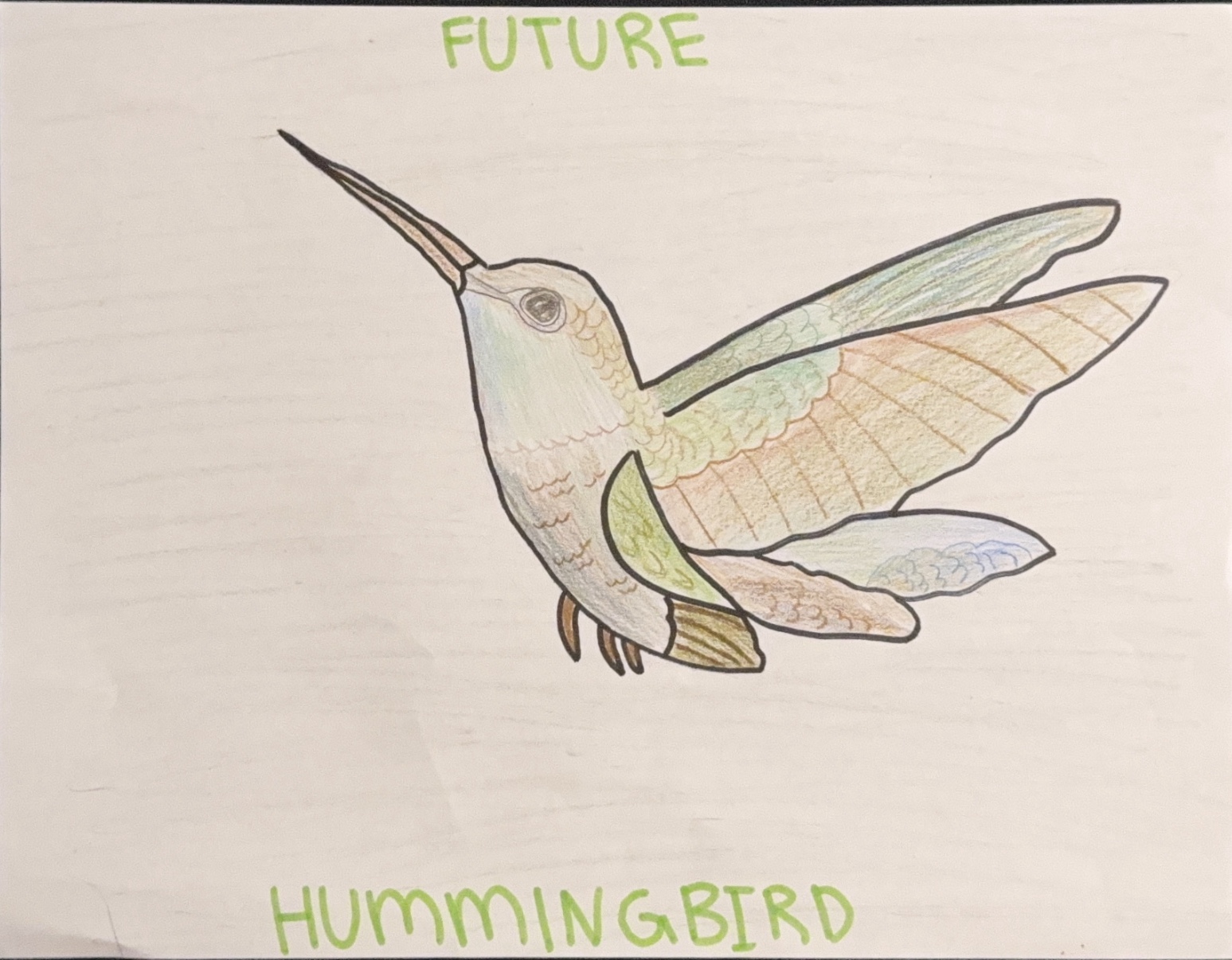Hummingbirds, small vertebrates found in the Amazon Rainforest, have unique structural traits that help them survive in their environment. Their small, lightweight bodies, rapid wing movements, and long beaks allow them to hover, fly quickly, and drink nectar from flowers. They thrive in warm, tropical regions filled with abundant plant life, particularly among trees and flowers where they build nests and find food. However, due to climate change, their habitat may undergo significant changes, including deforestation, rising temperatures, and a decline in flower populations. As a result, hummingbirds may need to develop new survival traits, such as stronger wings for longer flights in search of food, changes in coloration for better camouflage and dietary adaptations to consume a wider variety of foods. Over time, they may become more resilient to extreme heat and habitat loss, allowing them to continue thriving despite environmental challenges.
Contact us
Thank you for your interest in contacting Future Engineers. We look forward to connecting with you!
General Inquiries
support@futureengineers.orgSponsorship Inquiries
sponsor@futureengineers.org

